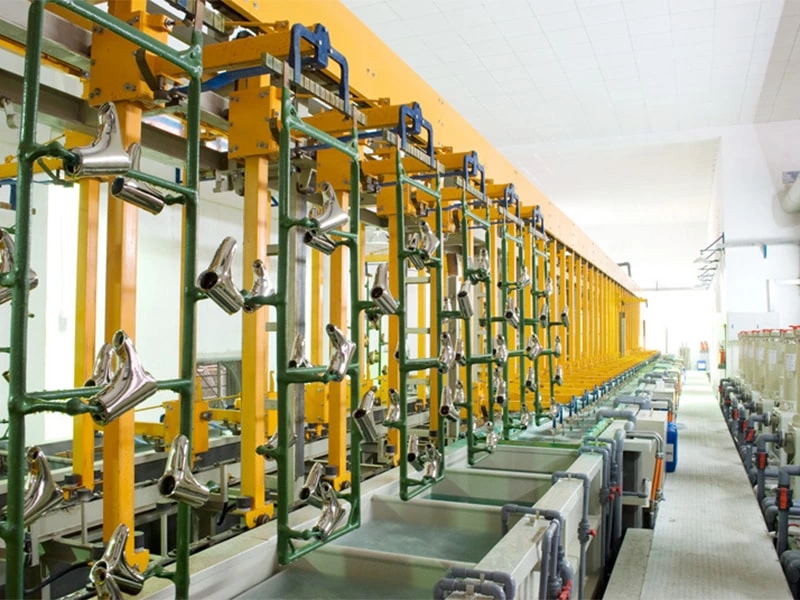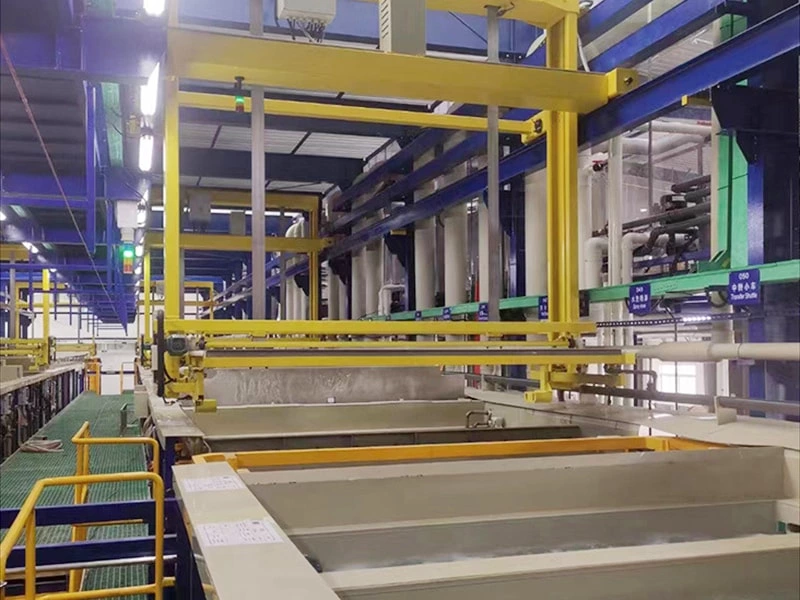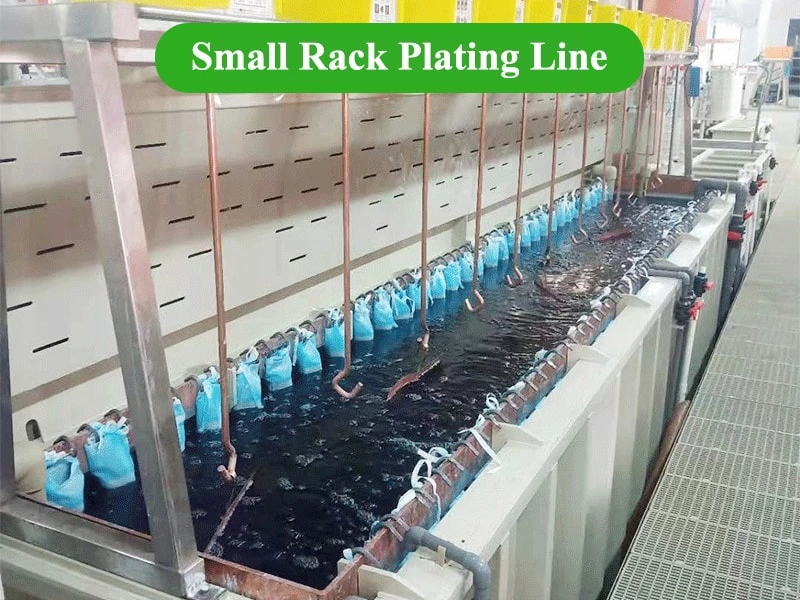How does the electroplating line grasp the time and method of wastewater treatment?
The electroplating line has become an important part of modern industrial production. Various chemicals, water, electricity and other resources used in the electroplating line are abundant.
What is worrying is that the wastewater generated in the electroplating line greatly pollutes the environment.
Therefore, how to control the wastewater discharged by the electroplating process is an urgent problem we need to solve. In the electroplating process, the generation of waste water is inevitable.
In order to meet environmental protection standards, scientific and effective methods are adopted to treat waste water.
Electroplating production enterprises should take effective measures to focus on the technology and equipment of waste water treatment as the focus of environmental protection.

And how to master the time and method of wastewater treatment in the electroplating line?
When treating the wastewater generated in the electroplating production process, one should first understand the generation mechanism of wastewater and the principle of treatment technology.
Only by understanding these knowledge can we treat wastewater reasonably, reduce pollution and meet environmental protection requirements.
1. Wastewater generation mechanism of electroplating line
The generation of wastewater in the electroplating production process mainly comes from the following three aspects:
⑴ Generation of metal ions and acidic wastewater
During the electroplating production process, the metal reacts against the electrodes, dissolves in the metal ion solution, and subsequently deposits the metal ions on the surface of the metal part.
However, in the electrolysis process, the dissolution process of metal ions will inevitably form a large amount of waste water.
The metal electrolysis process exists in the entire electroplating process, and is accompanied by chemical reactions such as oxidation and reduction during the electrochemical reaction process.
Therefore, the process will produce wastewater generated by chemical by-products to a certain extent, and the amount of acidic wastewater generated is relatively large.
This is because some electrolytes and thickeners contain higher acidic substances such as hydrochloric acid or sulfuric acid.
(2) Hydrogen chloride production
In the electroplating production process, the generation of ions is inseparable from the corresponding salt, and the chloride ions existing in some salts.
After the electrolysis reaction, it will interact with other ion sequences to form hydrogen chloride and other products, and the hydrogen chloride is relatively harmful to the environment.
⑶ Generation of organic pollutants
Organic pollutants are a frequent wastewater component in electroplating wastewater, mainly due to pollution problems caused by the presence of organic compounds in hazardous chemicals or thickeners in electrochemical reaction products, as well as the properties of metal surface raw materials.
2. Electroplating line principles of wastewater treatment technology
⑴ Biochemical method
Using the efficiency of microorganisms to degrade pollutants, the organic matter in wastewater is converted into biodegradable substances, and good control effects have been obtained in terms of effluent turbidity, organic matter and hardness.
But the operation cycle is long, and when the goals to be achieved are particularly high, the efficiency is also low.
⑵ Precipitation method
Metal ions and non-microbial degradation substances in wastewater are treated by precipitation.
In practice, this method can optimize the quality of the effluent. The sedimentation method is classic and commonly used in the entire pollution treatment process, and is used to treat many different types of waste oil and various polluted water.
However, wastewater sedimentation requires high precision and is troublesome to manage.





